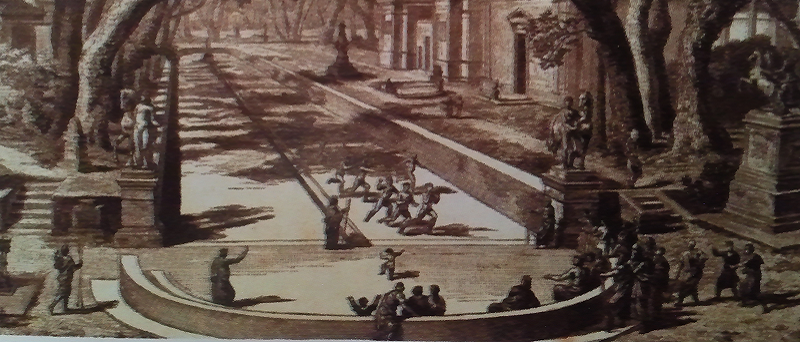Education in Sparta
Posted on 25th December 2020
Boys - Spartans believed all male citizens should become successful soldiers with stamina to defend Sparta, therefore education was based mainly on strength; little importance was given to reading, writing or other academic learning.
Boys were removed from their families at about seven years-old and sent to live in a barracks with other boys of the same age; this barracks would become their home for the next five years. During these five years they undertook harsh training, involving foraging for food, stealing and enduring hunger; these were classed as necessary skills to equip them for battle.
At the age of twelve children that had managed to survive the first five years moved onto the second phase of training. The first five years were harsh, but the next years were harsher still. This involved constant physical training to build strength and endurance; any signs of cowardice or disobedience caused severe punishment. During this time children were encouraged to fight each other and perform mock battles; this would build strength and improve discipline.
Military training was harsh, but children also spent time learning about music and dance. This was classed as important training as it would improve the ability to move gracefully as a unit whilst in battle.
General training ended at the age of eighteen. To complete the full training, boys were then expected to hunt down and kill a Spartan slave (Helot) without the murder being discovered. If the murder was discovered, the student would be convicted and severely punished; punished for being caught, not for the murder itself.
Students graduated at eighteen, however they would continue two more years training with a private organisation; at the age of twenty they were regarded as Spartan Soldiers.
Girls - The education of girls was managed by the state; it was strict and formal.
It was believed that strong athletic women would produce the next strong Spartan soldiers, therefore the education of girls was based around physical activities.
Up to the age of eighteen girls were taught to run, wrestle, throw javelins and discus. They would compete regularly and test their skills; they would compete at the annual footrace at the Heraea of Ellis. The stronger they became, the better future soldiers they would bear.
Girls were also taught to dance, sing and play musical instruments.
Tagged as: Junior Ancient Greece
Share this post:





